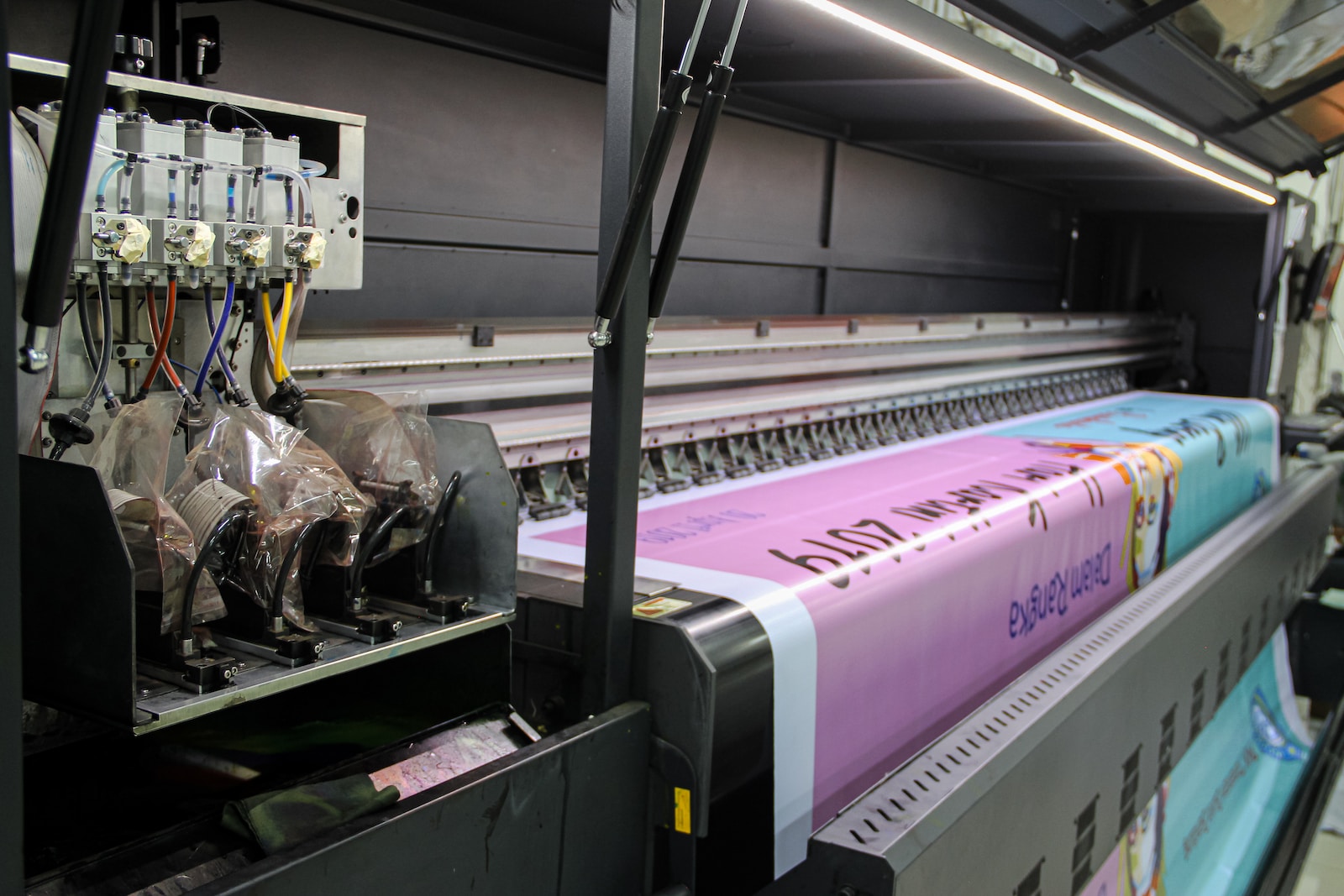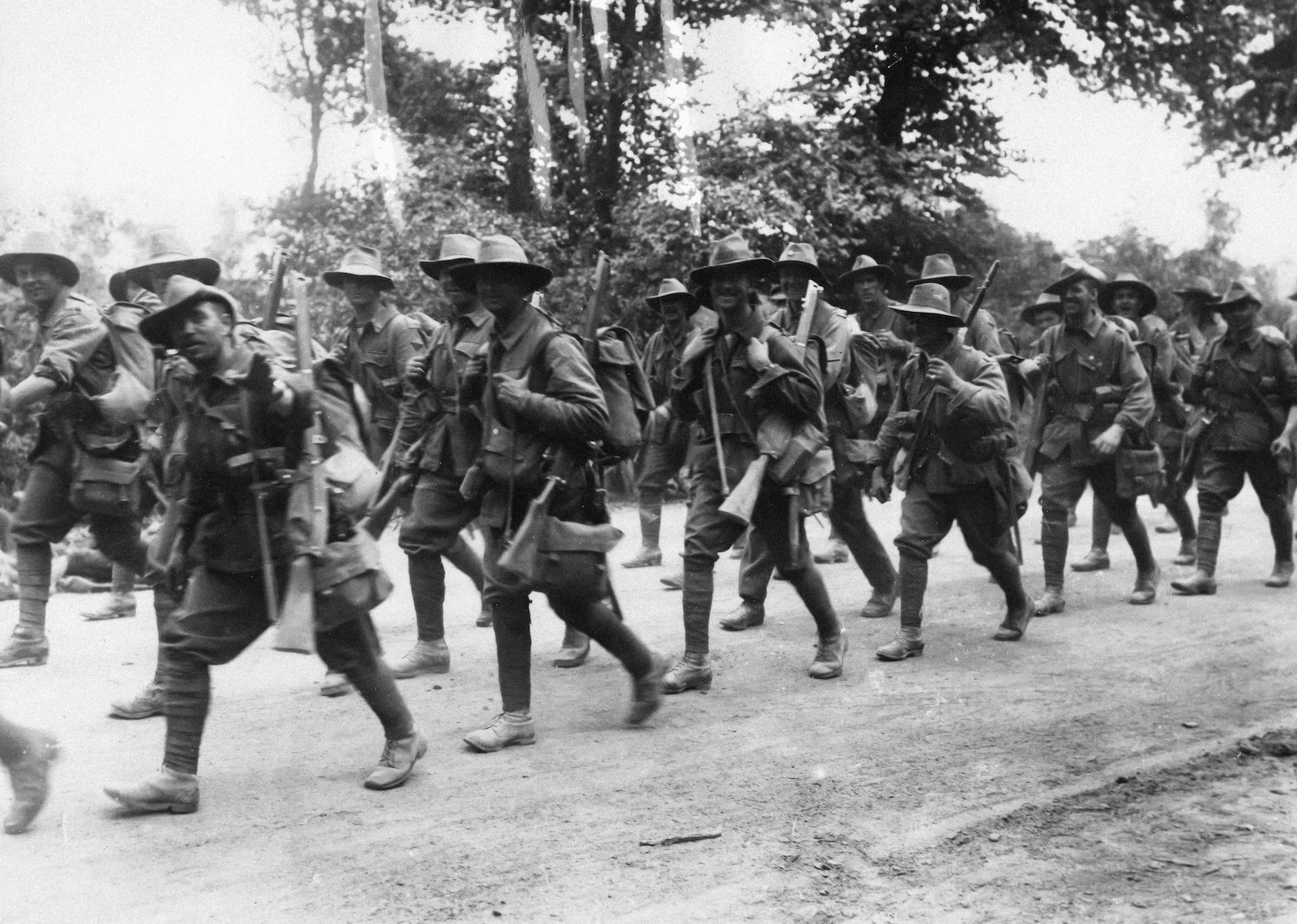Welcome to Your Guide to Large Format Prints! Are you fascinated by the beauty and impact of large prints? In this blog, we will dive into the intricacies involved in creating stunning large format prints. From considerations for resolution to printing methods and displaying large images, we will cover it all. Whether you are a photographer, artist, or simply love large-scale artwork, this guide is here to help you understand the world of large format printing.
Table of Contents
- The Importance of Resolution
- Your Guide to Large Format Prints
- Frequently Asked Questions
- What is large format printing?
- What are the benefits of large format prints?
- What resolution should I use for large format printing?
- What printing methods are commonly used for large format prints?
- How should I display large images?
- Can large format prints be used outdoors?
- How long does it take to produce large format prints?
- Where can I find professional large format printing services?
- How do I ensure the color accuracy of large format prints?
- Can I customize the size and dimensions of large format prints?
- Wrap Up
The Importance of Resolution
When it comes to large format prints, resolution is paramount. The higher the resolution, the crisper and more detailed your images will appear. To ensure exceptional print quality, it’s recommended to have a resolution of at least 300 dots per inch (dpi). By using high-resolution images and files, your large prints will truly come to life, showcasing every intricate detail.
Understanding Printing Methods
There are various printing methods available for large format prints, each with its own strengths and characteristics. One popular method is inkjet printing, which offers vibrant colors and precise details. Another option is UV flatbed printing, which provides durability and versatility for various materials. Each printing method has unique advantages, so it’s important to explore and choose the one that best suits your needs.
Choosing the Right Materials
Displaying large images requires careful consideration of materials. Factors like longevity, durability, and visual impact all come into play. Common materials used for large format prints include canvas, vinyl, fabric, and paper. Canvas prints add a touch of elegance and can be stretched onto frames, while vinyl prints are suitable for outdoor use. It’s essential to select materials that best complement your artwork or photographs.
Preparing Files for Large Prints
Before printing large format images, proper file preparation is vital. Make sure to check the color space of your files, ensuring they are in the appropriate format for printing. It’s also essential to properly size your images according to the desired dimensions, maintaining the ideal resolution throughout. By following these guidelines, you can avoid issues such as pixelation or the loss of image quality in your final prints.
Display and Presentation
The way you present and display your large prints can greatly impact their visual appeal. Consider factors such as lighting, framing, and placement when showcasing your artwork. Proper lighting enhances the colors and details, while frames provide structure and protect the prints. Additionally, finding the right location for your large prints allows viewers to fully appreciate their grandeur. Experiment with different display options to find the perfect presentation for your large format prints.
Did you know that large format printing has been around since the 19th century? In the early days, photographers used contact printing to create oversized prints.
Large format prints have the power to captivate and inspire. By understanding the intricacies involved in creating these captivating pieces, you can make informed decisions about resolution, printing methods, and displaying large images. Whether you’re a professional artist or simply an enthusiast, this guide has equipped you with the knowledge to embark on your own large format printing journey. Unleash your creativity and bring your vision to life on a grand scale!
Your Guide to Large Format Prints
When it comes to creating eye-catching displays, large format prints can take your visuals to a whole new level. Whether you’re a photographer, a graphic designer, or a business owner looking to make a bold statement, understanding the intricacies involved in producing high-quality large prints is essential. In this guide, we’ll explore the considerations for resolution, printing methods, and displaying large images to help you achieve stunning results.
The Importance of Resolution
One of the critical factors to consider when working with large format prints is resolution. Unlike standard prints, large images require higher resolutions to maintain sharpness and detail. To ensure your prints come out crisp, it’s recommended to use images with at least 300 pixels per inch (PPI).
However, working with such high-resolution files can be challenging, especially when dealing with large image sizes. Be sure to use powerful software and hardware capable of handling large files to avoid any potential issues or slowdowns in the printing process.
Printing Methods for Large Format Prints
There are several printing methods available for large format prints, each with its own advantages and considerations:
- Inkjet Printing: Inkjet printers are a popular choice for large format prints due to their ability to produce vibrant colors and high-quality images. They work by spraying tiny droplets of ink onto the printing surface, resulting in precise and detailed prints.
- Dye Sublimation Printing: Dye sublimation printers use a heat press to transfer dye onto a specially coated paper or fabric. This method is known for its durability and ability to capture vibrant and fade-resistant colors, making it suitable for large prints intended for outdoor use.
- UV Flatbed Printing: UV flatbed printers utilize ultraviolet (UV) light to cure and dry the ink instantly. This method is ideal for printing on rigid materials such as wood, glass, or metal, allowing you to create unique large format displays.
When choosing a printing method, consider the intended use of your large prints, the desired level of detail, and the materials you wish to print on. Consulting with a professional print service provider can help you navigate through the options and make the right choice for your specific needs.
Displaying Large Images
Once you have your high-resolution prints in hand, it’s time to think about how you’ll display them. Here are a few tips to ensure your large format prints have the visual impact you desire:
- Choose the right location: Consider the space where your large prints will be displayed and ensure it allows for optimal viewing without any obstructions. Whether it’s a gallery wall or a storefront window, the location should enhance the impact of your visuals.
- Use proper lighting: Lighting plays a crucial role in showcasing your large prints. Ensure there is ample lighting to highlight the colors and details of the image while avoiding glare or harsh shadows. Experiment with different lighting setups to find the perfect balance.
- Consider mounting options: Depending on the size and material of your prints, you may need to choose appropriate mounting options. Whether it’s a simple frame, a foam board, or a professional gallery wrap, the right mounting can enhance the overall presentation and longevity of your large prints.
Creating impactful large format prints requires careful consideration of resolution, printing methods, and display techniques. By understanding these intricacies and following the tips outlined in this guide, you’ll be well on your way to creating stunning displays that command attention and leave a lasting impression.

Frequently Asked Questions
What is large format printing?
Large format printing refers to the process of creating prints that are larger than standard sizes, typically exceeding 24 inches in width. It is commonly used for creating banners, posters, signage, and other large-scale visual materials.
What are the benefits of large format prints?
Large format prints offer several advantages, including enhanced visual impact, increased visibility, and the ability to showcase intricate details. They are ideal for creating eye-catching displays and capturing the attention of a large audience.
What resolution should I use for large format printing?
When preparing images for large format printing, it is crucial to use a high resolution to ensure optimal print quality. Aim for a resolution of at least 150 dots per inch (DPI) or higher to avoid any pixelation or loss of image sharpness.
What printing methods are commonly used for large format prints?
There are various printing methods used for large format prints, including inkjet printing and digital printing. Inkjet printing is a popular choice as it offers vibrant colors, precise details, and versatility in terms of the materials that can be printed on.
How should I display large images?
Displaying large images requires careful consideration of factors such as lighting, spacing, and mounting options. It is important to choose a suitable frame or mounting method that can support the size and weight of the print. Additionally, ensure proper lighting to enhance the visual impact of the image.
Can large format prints be used outdoors?
Yes, large format prints can be used outdoors. However, it is essential to use materials and inks that are weather-resistant and UV-protected to prevent fading or damage caused by outdoor elements. You should also consider factors such as wind resistance and durability when installing outdoor displays.
How long does it take to produce large format prints?
The production time for large format prints can vary depending on factors such as the complexity of the design, printing method used, and quantity. It is advisable to consult with a printing service provider to get an estimate of the turnaround time for your specific project.
Where can I find professional large format printing services?
There are numerous printing service providers that specialize in large format printing. You can search online directories, check local print shops, or ask for recommendations from colleagues or friends who have previously used such services. It is recommended to choose a reputable provider with experience in handling large format printing projects.
How do I ensure the color accuracy of large format prints?
To ensure color accuracy, it is important to calibrate your monitor and use color profiles when preparing your images for printing. Working with a professional printing service that employs color management techniques can also help ensure accurate color reproduction in your large format prints.
Can I customize the size and dimensions of large format prints?
Yes, the size and dimensions of large format prints can be customized according to your specific requirements. Consult with a printing service provider to discuss your desired size and dimensions, as well as any special considerations such as aspect ratio or material restrictions.
Wrap Up
In conclusion, large format printing offers a myriad of possibilities for showcasing your images in a grand and captivating way. Whether you’re looking to display artwork, photographs, or promotional materials, understanding the intricacies involved in creating large format prints is crucial.
Remember to carefully consider resolution when preparing your images to ensure sharpness and clarity in your final prints. Explore different printing methods such as inkjet or dye-sublimation to find the one that best suits your needs. And don’t forget about the importance of properly displaying your large images to maximize their impact.
So, take your creativity to new heights with large format prints, and let your imagination run wild. If you have any questions or want to share your own experiences with large format printing, we’d love to hear from you. Leave a comment below and let’s continue the conversation!

